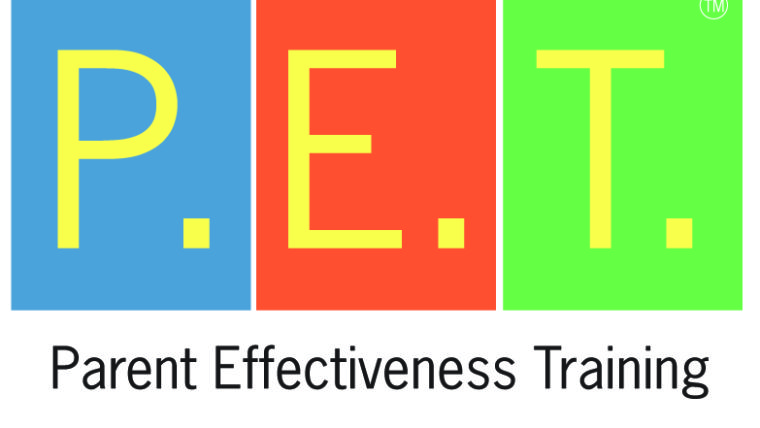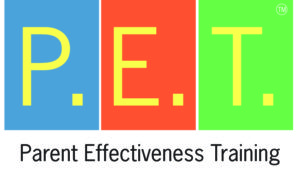
Parenting is hard. When you don’t have tools in your toolbox it is almost impossible. So you fall back on what you know – what was done to you, after all, you turned out fine….right? It can’t be all that hard. Until IT IS. Until your kids won’t brush their teeth, do their homework, constantly come home late, won’t get ready for school on time or tell you what in the world is wrong. So you start threatening, bribing, cajoling, punishing. You start YELLING! It doesn’t feel very good. It’s not really helping, but it’s all you’ve got left. You’re not happy, your partner is not happy and your kids who will barely talk to you aren’t happy either.

I’m a parenting blogger for goodness sake and I STILL needed help! I felt pretty proficient in the things I typically write about, namely RIE (Resources for Infant Educarerers) and Positive Discipline and I still adore those philosophies, but still…. I had issues. Stuff I couldn’t solve, so I took the first step; I admitted it. I admitted that our mornings were awful. I felt like I needed to go back to bed just to recover from dropping my kids off at school. I admitted that our car rides were torture in the form of sibling war. I admitted that despite all the amazing tools and resources I had I was still struggling. So I looked around a little and decided to try Parent Effectiveness Training.
I heard rave reviews about P.E.T. (Parent Effectiveness Training). It’s been around since 1962 and its founder was nominated three times for a Nobel Peace Prize so I figured it had some legs and enrolled in a class. I was hooked. Things changed. They changed so much that I wanted to spread the word. It was like I had been reborn into some magical fantasy world where parents and children cooperate and get along and LIKE EACH OTHER.
Here’s the thing: kids want to get along with you. They really do. Even the ones with the strongest of wills. I figured this out right away when my own strong willed child started wanting to help me. Other parents I knew were reporting the same – their kids were cooperating and they were solving problems on their own. It was not a fluke, this was helping. I made a few calls, took a leap of faith and got certified to teach it. For me it was logistically the easiest way to teach parents something I am passionate about – helping families, while also helping my own. The certification classes were local and that was important to me because I didn’t have to spend a lot of time, or money to get started. I took a long intense training program and now I am a certified P.E.T. teacher. I admit that I was intimidated to start a new career after being out of the job market for seven years, but I eventually listened to the people who kept telling me and telling me I had a gift. I chose to believe them and I chose to believe in myself and I did it it. I AM DOING IT. I teach and collaborate with a couple of fantastic colleagues, Nikki Weil and Catherine Dickerson and there are now classes all over the city. We believe in what we are doing and hope to leave you with three tips that might also inspire you to learn more about P.E.T.
Give More Information
It’s our job as parents to give our children the information they need to understand the impacts of their behaviors so they can set the limits themselves. It’s not enough to say to your child. “Clean up the living room.” Since they are children with young, developing brains – they need to hear from you how the mess they made things harder. Say instead, “When there are Legos on the living room floor, I worry I will step on one and hurt myself.” Just try it. You can almost see the coin drop when they truly understand. They don’t want to hurt mom, kids just tend to not think quite that far ahead. This is called a 3 part I-Message and you can read more about that here.
Listen AND Understand.
When your child is crying because someone left him out at school, he doesn’t want to hear the gazillion solutions you might come up with. He wants you to say “Oh wow, that sounds terrible. I bet you felt so left out AND you were embarrassed to sit alone.” He wants you to get him, so just pause, be quiet and listen. That’s it. Really. Listening in a way that reflects that you understand is called Active Listening by Dr. Gordon of P.E.T. Here is a great explanation on Active Listening.
Let Them Help Set Rules
So often we set up rules for our kids without thinking them through and have no idea how we impact them. So involve them. Keep your boundaries and needs intact, but instead of jumping to “no” find out what’s behind the need for the rule. Your child keeps coming home late. Instead of grounding him, perhaps you find out that a kid at soccer practice keeps hiding his shoes. (It happens, right?) At any rate, you as a parent still need him home for dinner – he still needs to go to practice. So….brainstorm. Problems that are solved mutually tend to stay solved. Here’s a great real life example of this – my kids kept waking me up in the morning demanding breakfast. Together we decided to stock a low shelf in the kitchen with things they could prepare themselves for breakfast. They helped choose and move things to that shelf. Now, instead of waking me up screaming for food, my son feels very empowered to grab his own snack or make his own sandwich…and one for his sister too. This method, called No Lose Problem Solving is practiced thoroughly in class.
If any of this sounds like it might change your life too….GUESS WHAT! There’s a class starting Wednesday, April 13 at the Mission Valley YMCA from 5:30pm -8:00 pm. You could just click this link and jump in. I hope to meet you there!
For more information or to register visit our P.E.T. Page.
Real Life examples of P.E.T.
Active Listening – The Gift of Silence and How It Solved Our Morning Shoe Problem
No Lose Problem Solving – One Sure Fire Way Your Kids Can Problem Solve (And Get Along!)

Thanks for the post! Very intriguing, but the first two links are not working for me.
Thanks for pointing that out. It should be fixed now.